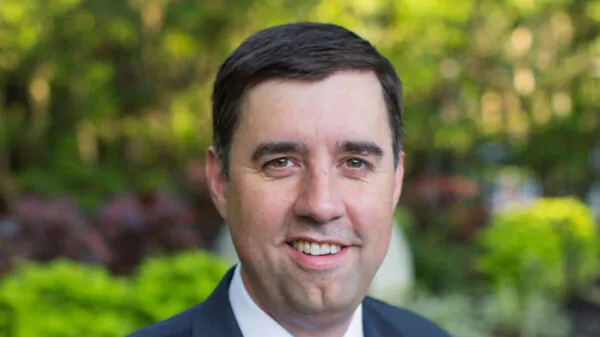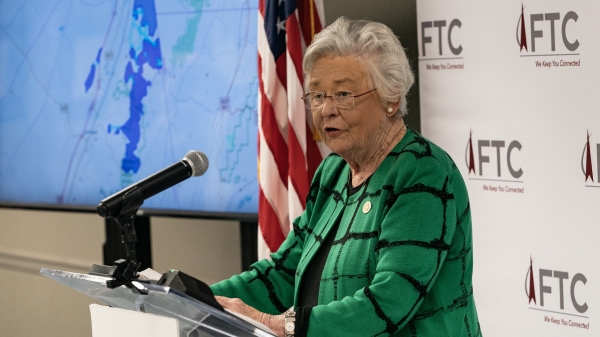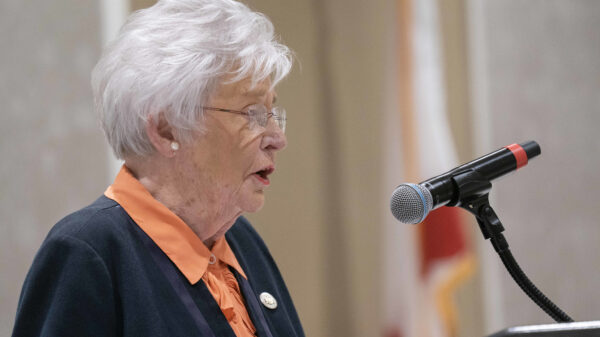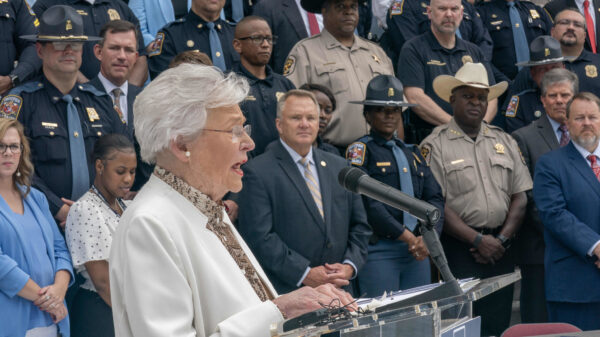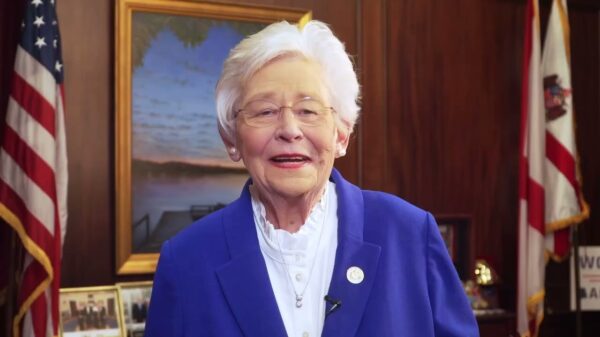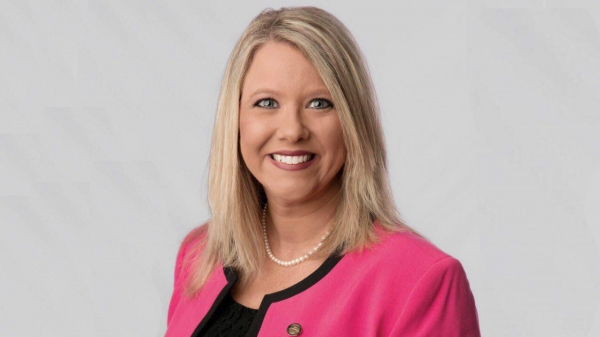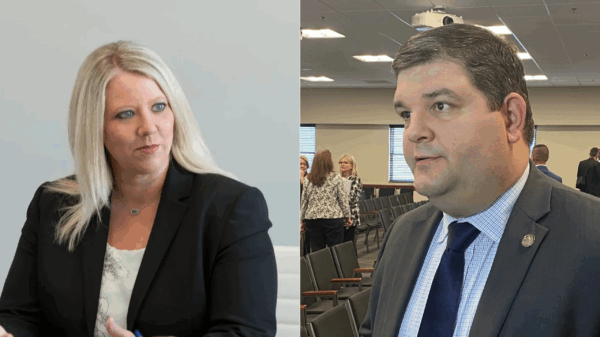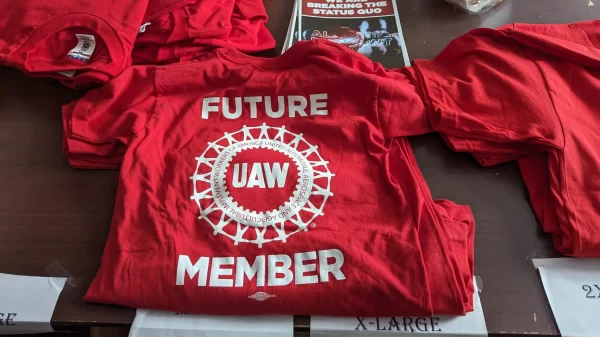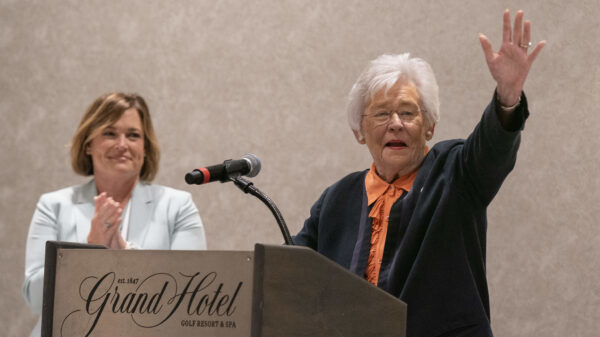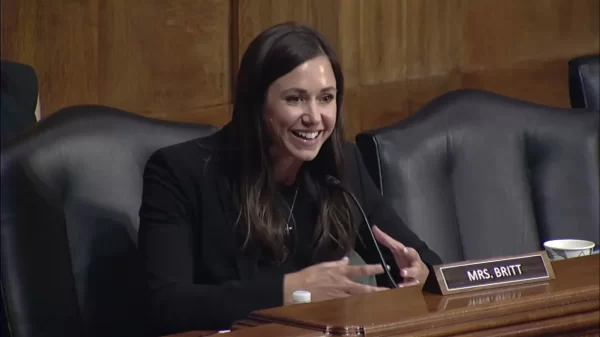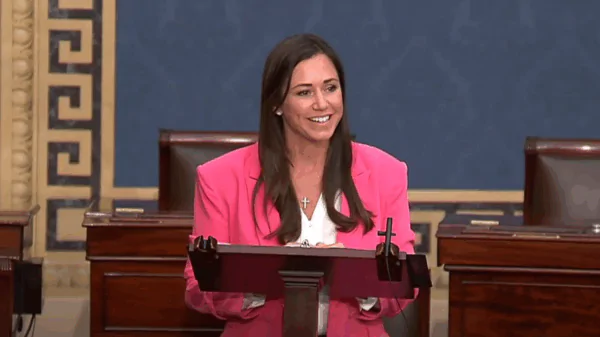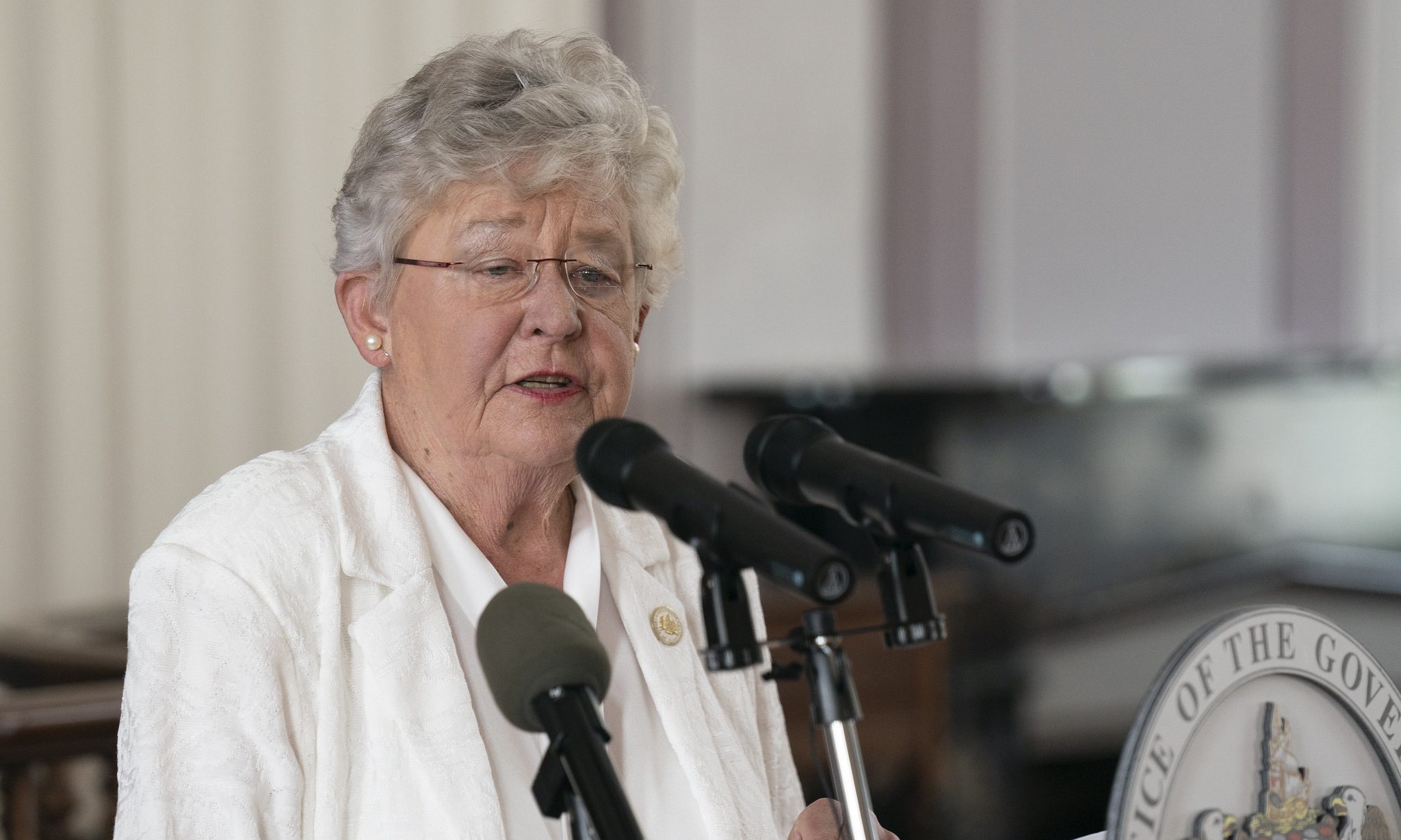From record-high employment in February to today’s economic downturn, things have changed dramatically for the state’s workforce, but there is also some good news.
One thing that hasn’t faltered due to the pandemic’s ravages is Gov. Kay Ivey’s commitment to preparing Alabama’s workforce for the 21st-century job market.
The innovation and forward-thinking efforts of the governor working with the Alabama Workforce Council have continued to set a course for a better tomorrow for working Alabamians.
Likewise, Secretary Fitzgerald Washington at the Alabama Department of Labor has been an example of grace under pressure as he and his team have worked tirelessly to serve Alabamians who have lost their jobs through no fault of their own.
The industry-state partnership, united under the Alabama Workforce Council (AWC) and the state’s Workforce Innovation and Opportunity Act Board (WIOA), is the humming engine that is steadily propelling the state onward even in these unprecedented times of uncertainty.
“Our great state continues to receive recognition for our first-class work-based learning programs, business recruitment efforts and overall business climate,” Ivey said. “At the same time, we know that many in Alabama are unemployed or underemployed and we believe that by focusing on proactive strategies like JumpStartAL and Innovate Alabama, launching our new credentialing and career pathways committee, and growing our apprenticeships and training programs, we can build upon our successes and move Alabama forward.”
Also instrumental in preparing Alabama for the future and reaching the governor’s attainment goal of adding 500,000 highly-skilled workers by 2025, is Alabama’s Department of Commerce and AIDT which are leading the way on apprenticeships, training and work-based learning.
“In many ways, the work we are doing every day on apprenticeships, training and work-based learning is more important than ever,” said Ed Castile, executive director of ADIT and deputy secretary of commerce. “What we see right now is that our manufacturing, IT and chemical companies are back full bore.”
Castile is optimistic about the future because every day, Alabama’s workforce initiatives are successfully recruiting and train new and existing workers.
“We’ve got 130 plus projects, all of them are back up and running full steam,” said Castile. “They’re hiring, every day and we’re, out there recruiting and training. Whether it’s an expansion of an existing business or a new one, our industry is moving forward.”
Castile, who is daily on the front-lines in his duties at ADIT and Commerce, says he is witnessing the innovation and care that businesses are exercising during the COVID-19 pandemic.
“Most of our industry partners were back running after a few weeks,” Castile said. “Their innovation, technology and care for employees are making a difference. It’s sad that some people have lost their jobs, but there is also an opportunity now with a little skill training to get into a job better job and one that perhaps won’t be as vulnerable.”
He says he sees daily how the various training programs help Alabamians find meaningful employment with even greater opportunities.
Earlier this year, the National Governor’s Association recognized Alabama as a mentor state for work-based learning.
As NGA noted, work-based learning is crucial to the 21st-century workforce and economy by better preparing student-employees for high-wage, high-demand jobs through on-the-job training that simultaneously provides vital experience with technical education.
Alabama Office of Apprenticeships recently celebrated its first-anniversary aligning industry and education needs with workforce and quickly preparing employees for high-skilled, high-wage careers.
The mission of the Alabama Office of Apprenticeship is to expand the use of registered apprenticeships to provide high-quality career training, which will enable both workers and employers to prosper as the state continues its drive to increase economic development.
The Governor’s Office of Education and Workforce Transformation, in conjunction with the Department of Commerce and the Alabama Committee on Credentialing and Career Pathways, is identifying in-demand jobs and the associated credentials to align training programs and industry needs.
“From the outset of the AWC, we have been focused on facilitating collaboration between private industry and state government to help Alabama develop a 21st-century workforce in our state that is crucial for our success in the future,” said George Clark, chairman of the state’s Workforce Development Board and president of Manufacture Alabama. “Zeke Smith, of Alabama Power Company, and I were the original chair and vice-chair of the AWC and were privileged to establish the AWC as the driving business and industry force within Alabama’s workforce development efforts.”
Clarke believes his and Smith’s most significant accomplishments as the organization’s first chair and vice-chair were to open new pathways to partnerships while pushing aside obstacles to opportunities.
“Our greatest accomplishment has been removing barriers to success and knocking down silos that previously hindered our collective collaboration,” said Clarke. “The AWC, together with the WIOA Board, remain active in providing policy guidance that aligns our private sector needs with state education and training efforts.”
Industry and government working together to get through these times and prepare for the future are fundamental to financial stability for businesses and workers.
The leadership of AIDT’s Castile and ACCS Chancellor Jimmy Baker, in partnership with major business interests from the state’s private sector such as Alabama Power Company, Altec and others, recently launched JumpStartAL.
JumpStartAL training modules are created with input from industry partners is helping participants develop specific skills needed for jobs, beginning with manufacturing and expanding into other industries in the future. Training is available free of charge for anyone interested in a career in the skilled trades, including high school students, veterans, workers in existing industries, the unemployed and underemployed.
“The Alabama Workforce Council fully recognizes the need for industry and government collaboration, especially during these challenging times,” noted Alabama Workforce Council Chairman Tim McCartney. “We are standing together with Governor Ivey, her staff and administration to ensure that we reach the Governor’s Attainment Goal of adding 500,000 highly-skilled workers to the workforce by 2025. To do so, we must ensure that Alabama’s industry and educational institutions collaborate to develop additional work-based learning opportunities for students and adequately align our school’s college and career-ready standards to high-demand/high-wage jobs available in Alabama.”
McCartney says that working together to move Alabama’s workforce forward is the fundamental key to success.
“Working together to provide training for students and adults that provide career pathways through acquiring industry-recognized certificates, degrees, and credentials will lead to successful and fulfilling careers,” said McCartney. “We must boldly embrace new modes of learning, including distance education and short-term credentialing programs that open the door to opportunity for all Alabamians in the COVID-19 environment.”
While many challenges still confront all Alabamians, these workforce initiatives founded on smart public-private partnerships offer a confident path ahead despite the challenges of the coronavirus.




